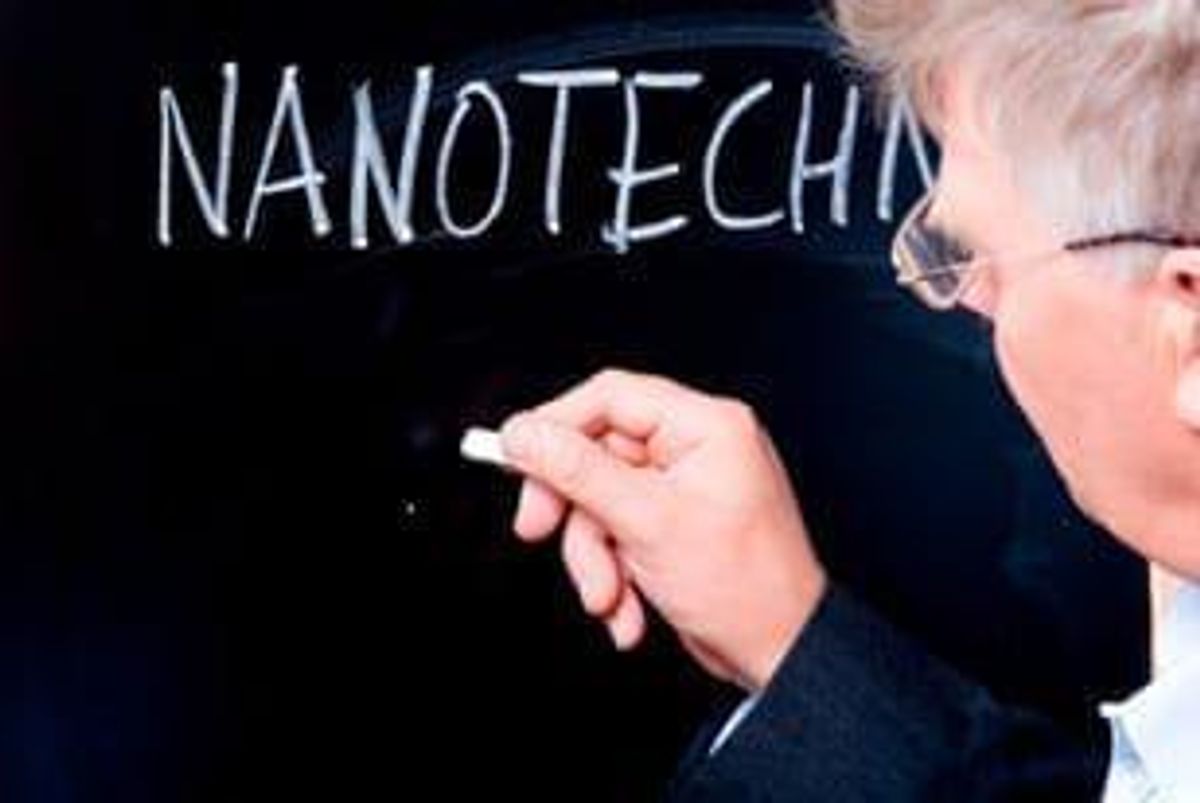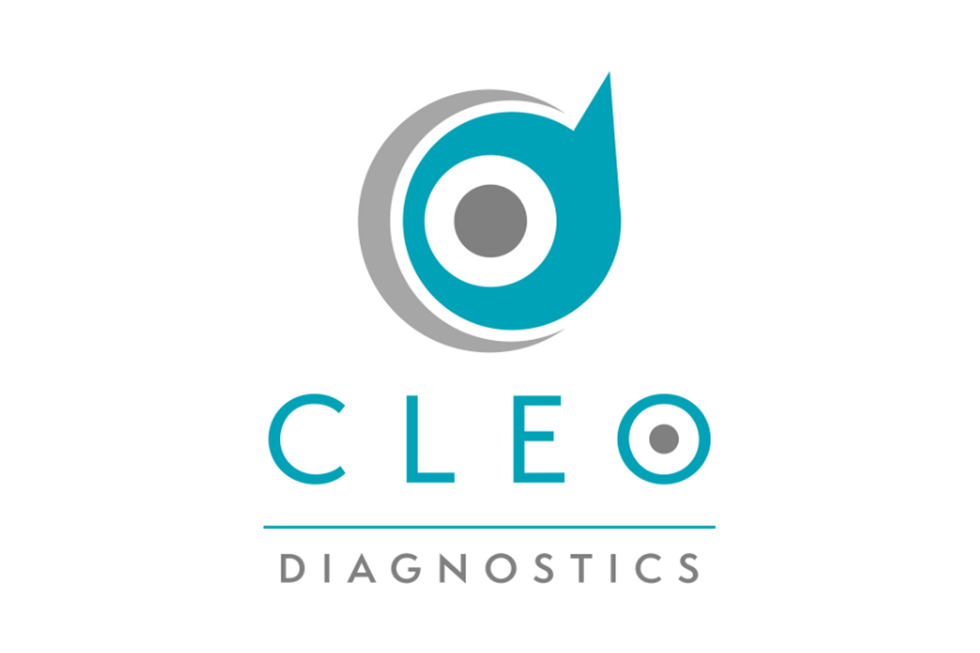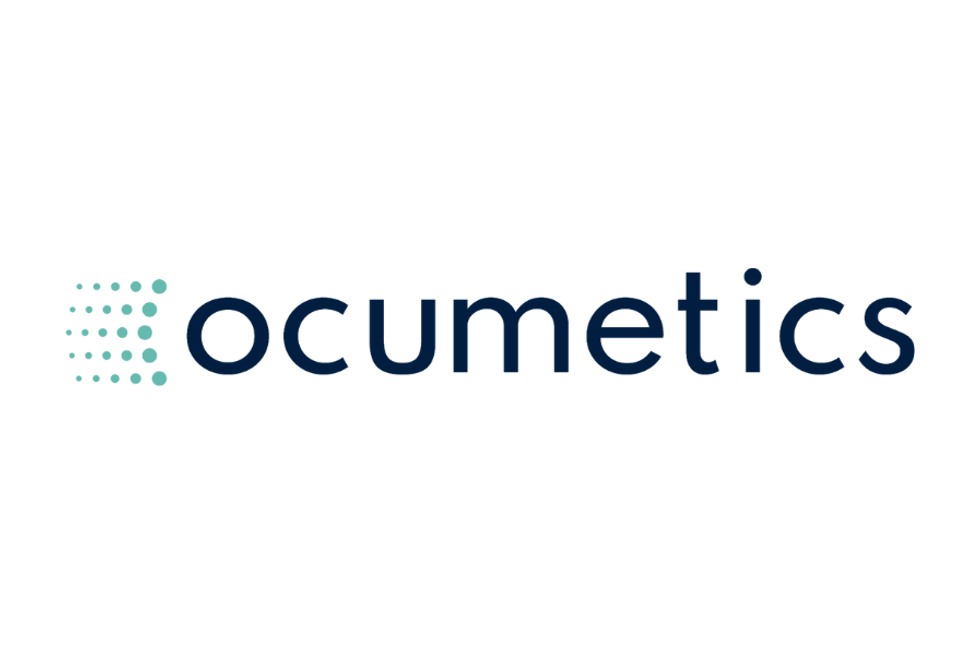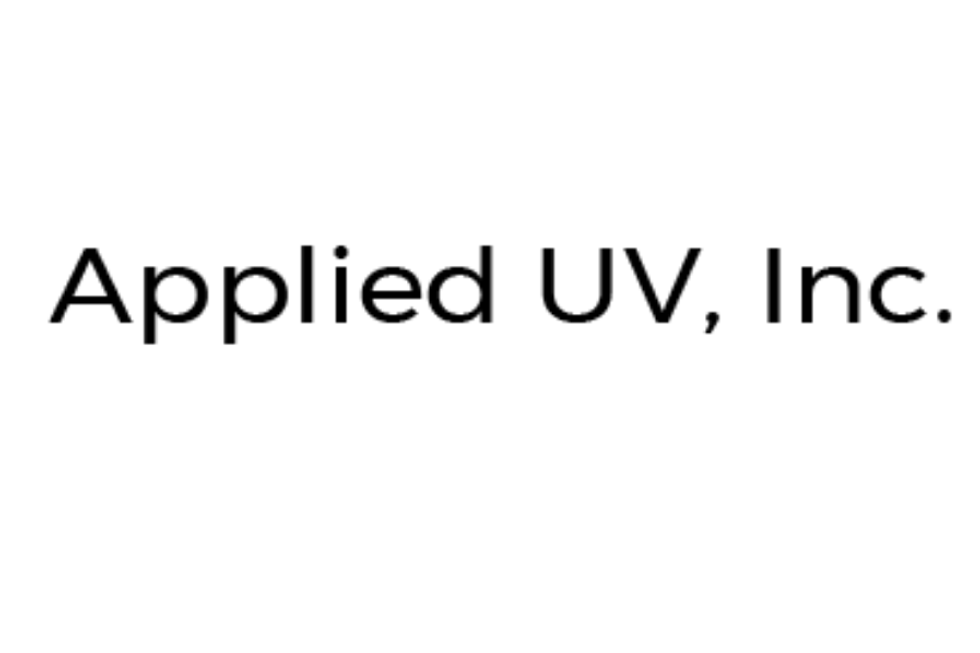
A new nanotechnology innovation could be key to advancement in the medical sector.
When it comes to medical devices and new medical technologies, investors seem to have keen interest on how nanotechnology is playing into new innovations. And why not? Advancements in nanotechnology hold the potential make treatments less invasive, and enable healthcare providers to operate on a different level. For instance, in January 2016, Professor Ido Bachelet of Israel’s Bar-Ilan University confirmed that nanobots capable of fighting cancerous cells were gearing up for their first clinical trial.
That said, with the global nanotechnology is expected to grow with an annual compound growth rate of 17.5 percent into 2022, it is worth knowing how nanotechnology can change the face of medicine.
Nanotech in medicine
UnderstandingNano outlines several ways in which nanotechnology can benefit the healthcare sector. Although most of the progress in nanotechnology is still not at a marketable level, it is important from an investment stand point to have an idea on where these technologies will focus and how that will pave the way to more precise medicine.
One of the many ways in which nanotechnology could work in medicine is drug delivery. What is involved in this is nanoparticles that would be able to deliver drugs to the infected parts of the body directly. One of the challenges with this, however has been how to move the nanoparticles when they are in the body.
Could the world’s tiniest engine drive nanobots
Making inroads for advancement in medical treatments, researchers at Cambridge University have built what they call the world’s smallest engine. More impressively, the team believes that this engine could drive nanobots, including medical nanobots that would travel through the body.
“People have been talking about making nanobots for many years but they do not exist yet,” said Professor Jeremy Baumberg, leader of the project at Cambridge university. “Why not? Because so far there has been no way of making them move through liquids — which is like swimming through treacle on the nanoscale because the molecular forces are so strong.”
That said, the team has put together a prototype known as an actuating nano-transducer or Ant. Ant combines microscopic gold balls with a special polymer gel and is capable of generating a propulsive force on a microscopic scale.
“Like real ants they provide large forces for their weight,” Baumberg said. “The challenge we now face is how to control the force for nano-machinery applications.”
While still in its early stages, the researchers believe that one day this microscopic device could, for instance, provide the motivation for a range of microscopic robots that could “make their way around the human body to directly fight viruses and diseases at their own level.”
Gizmag noted that there is still more work and commercialization of the invention that is needed, particularly surrounding the technology for microfluidic bio-applications. It will be exciting for the market when this ma engine is available to the medical community.
Don’t forget to follow us @INN_LifeScience for real-time news updates.
Securities Disclosure: I, Vivien Diniz, hold no investment interest in any of the companies mentioned.





